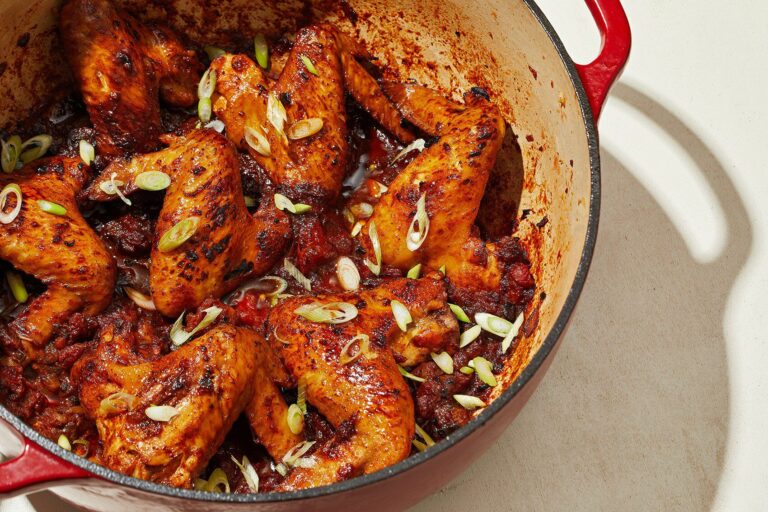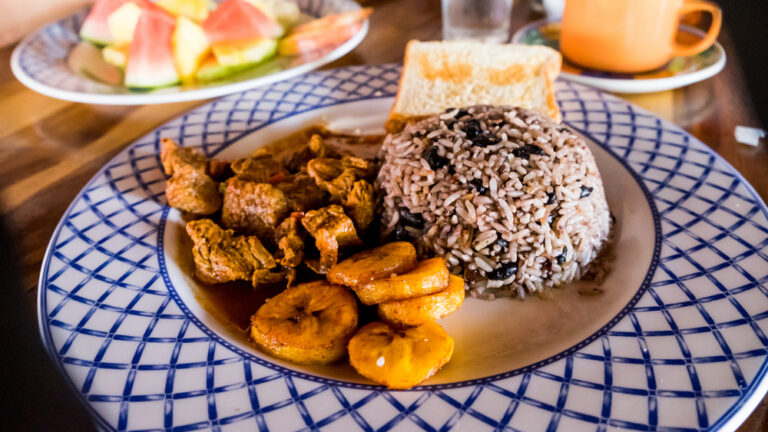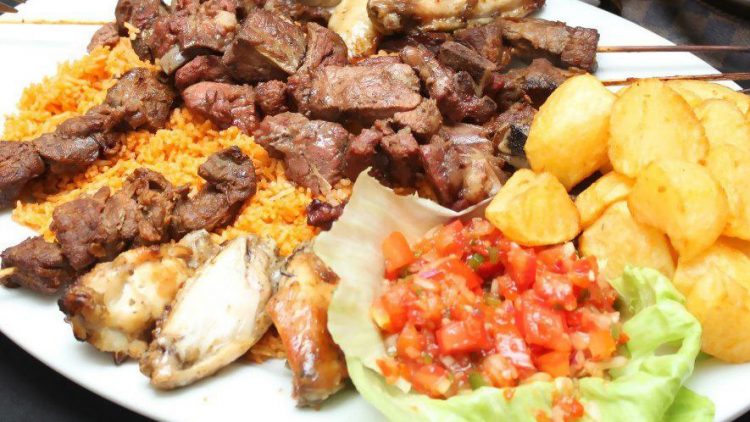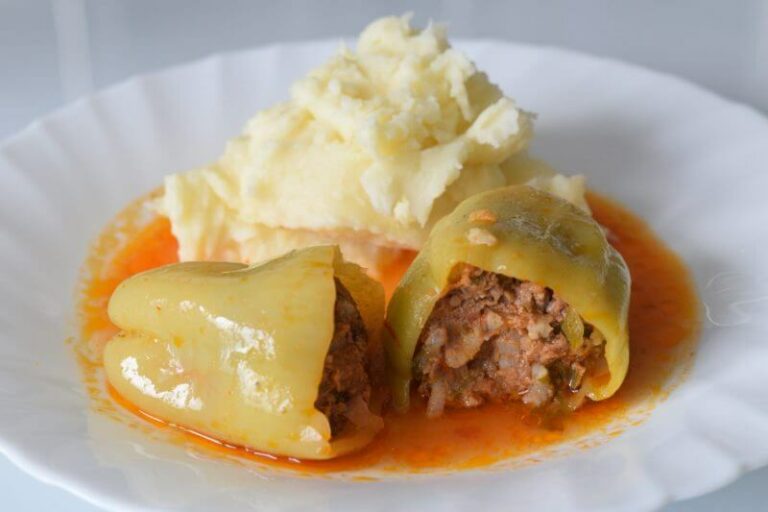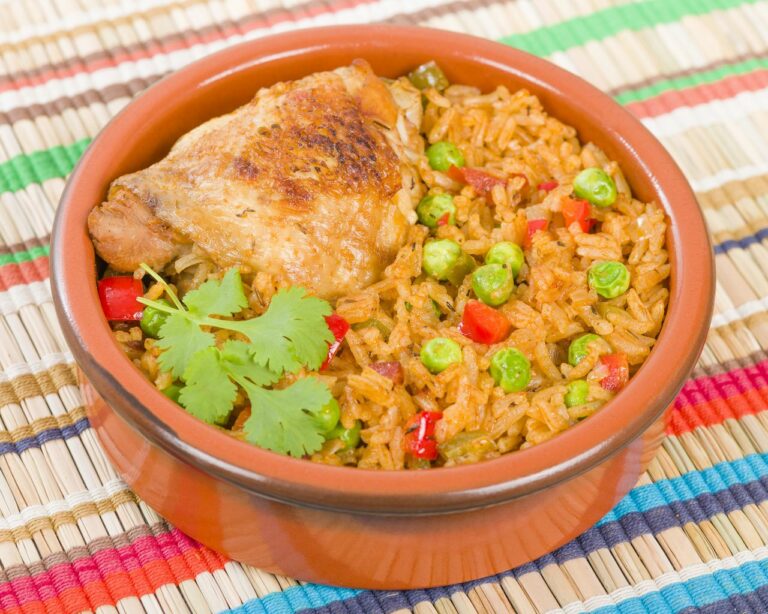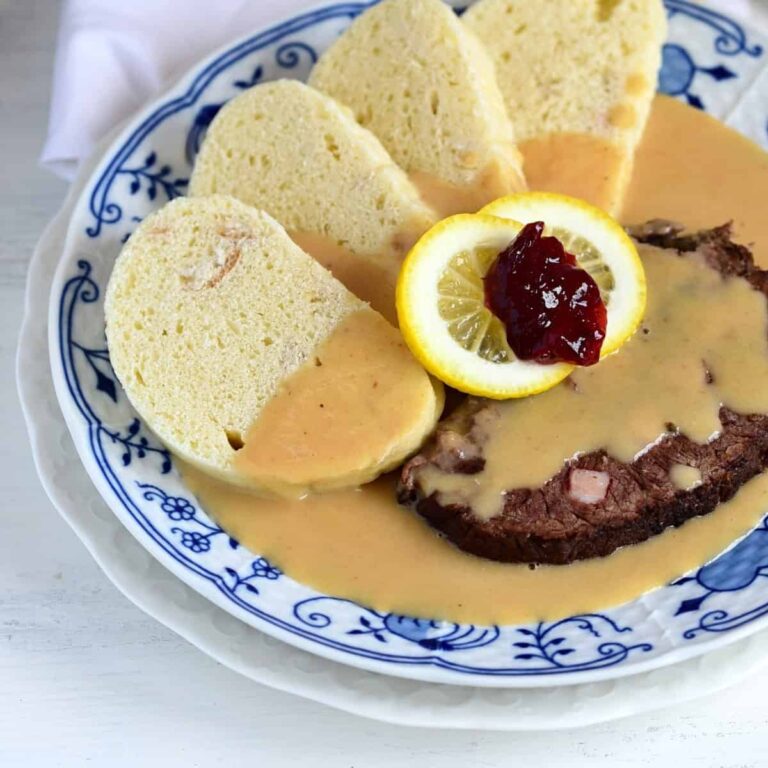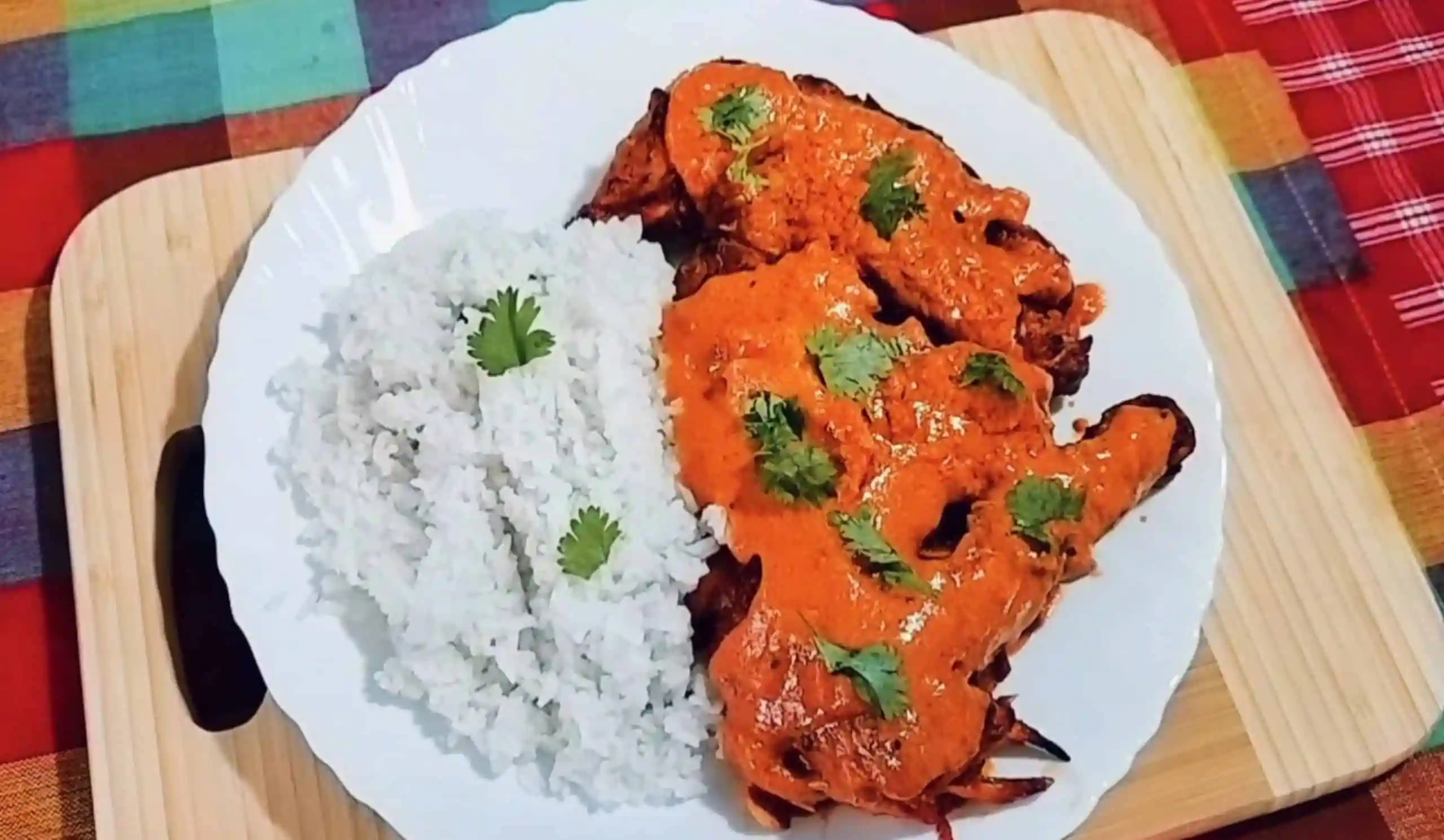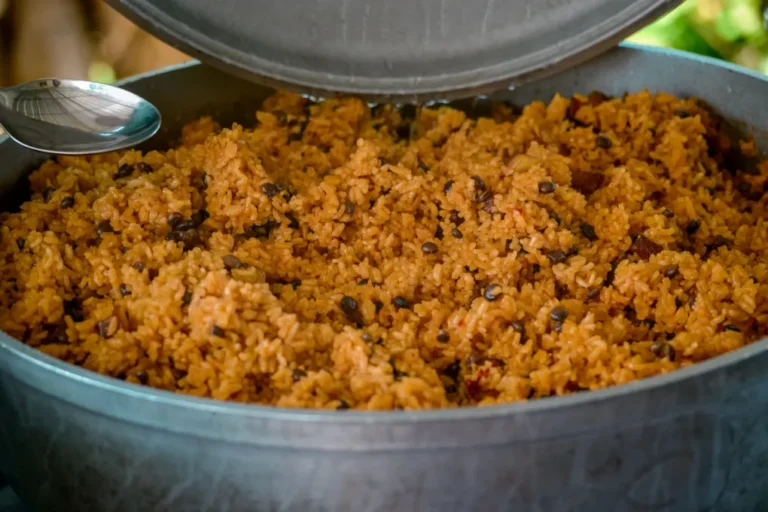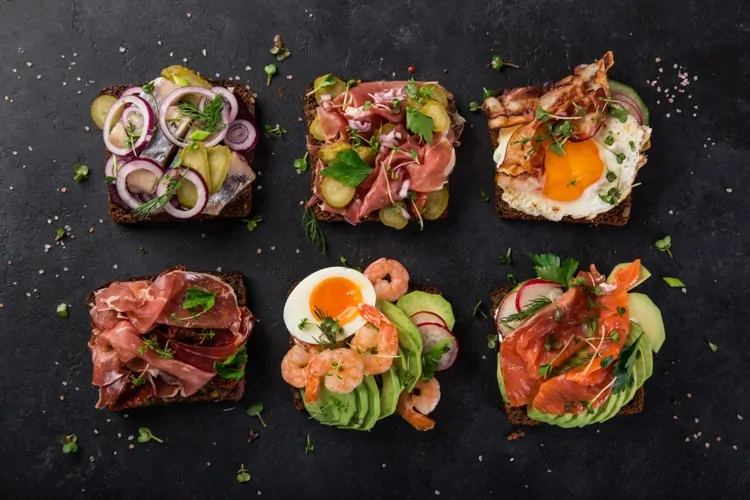Introduction: Street Food Festivals in Comoros
Street food is a significant aspect of any country’s culinary culture. It highlights the diverse flavors and traditions that make a specific place unique. Comoros, an island nation located off the coast of East Africa, is no different. Known for its spices and seafood, Comoros offers an exciting array of street food that can’t be found anywhere else. In this article, we will explore the popular Comorian street food festivals and events that celebrate this delicious cuisine.
Comorian Street Food: An Overview
Comorian cuisine is a fusion of African, Arab, and French influences. The most popular dishes are based on seafood, rice, and spices. Comorian street food, in particular, is a reflection of this diversity. It includes a range of grilled meats, seafood, snacks, and desserts. Many of these foods are sold from small stalls or carts located on the streets of Comoros.
Top Comorian Street Foods to Try
One of the most popular street foods in Comoros is the grilled seafood. Varieties of fish, octopus, and squid are cooked on charcoal grills and served with a side of rice. Another must-try street food is the Mataba. This is a tasty pancake made of cassava or banana, stuffed with vegetables, and then fried. You can also try the Bouchao, which is a sweet and spicy snack made of peanuts, sesame seeds, and honey.
Local Street Food Markets and Vendors
In Comoros, street vendors set up their food carts in the morning and stay open until the night. The local markets are the perfect place to try authentic Comorian street food. The most popular market is the Moroni Market, which has several food vendors selling grilled seafood, meat skewers, and pastries. The vendors also sell fresh fruits, vegetables, and spices.
The Culture and Tradition behind Comorian Street Food
Comorian street food is a reflection of the country’s rich cultural heritage. The cuisine is a fusion of African, Arab, and French influences, and the street food vendors bring to life the flavors and traditions of the country. Many of the street food recipes have been passed down through generations and are an essential part of the country’s cultural identity.
Comorian Street Food Festivals and Events
Comorian street food festivals and events are the perfect way to explore the culinary traditions of the country. These festivals bring together locals and tourists to celebrate the food and culture of Comoros. The festivals typically feature cooking competitions, live music, and a range of food vendors selling their dishes.
Popular Comorian Street Food Festivals to Attend
One popular Comorian street food festival is the Ngazidja Food Festival. This festival takes place in November and features a range of food vendors and cooking competitions. Another popular festival is the Comoros Islands Food Festival. This festival celebrates the unique cuisine of each of the three islands that make up Comoros.
Conclusion: Exploring the Flavors of Comorian Street Food
Comorian street food is a reflection of the country’s rich cultural heritage. The cuisine is a fusion of African, Arab, and French influences, and the street food vendors bring to life the flavors and traditions of the country. Comorian street food festivals and events are the perfect way to explore the culinary traditions of the country and to try some of the unique and delicious street foods that Comoros has to offer.

